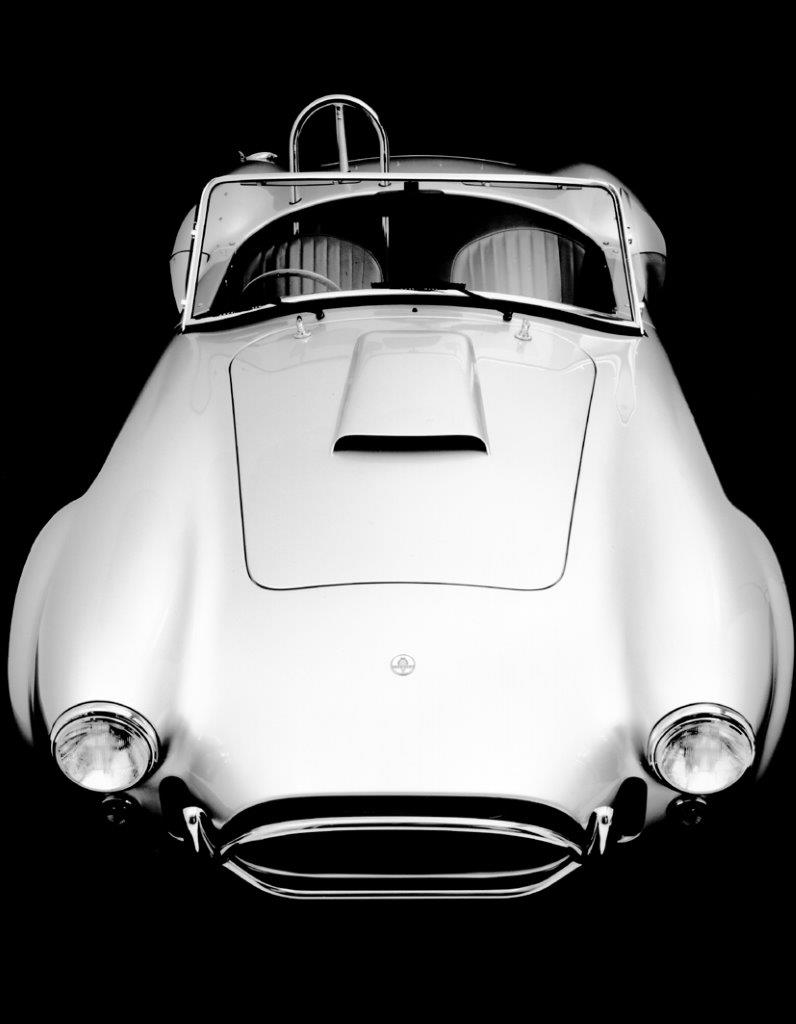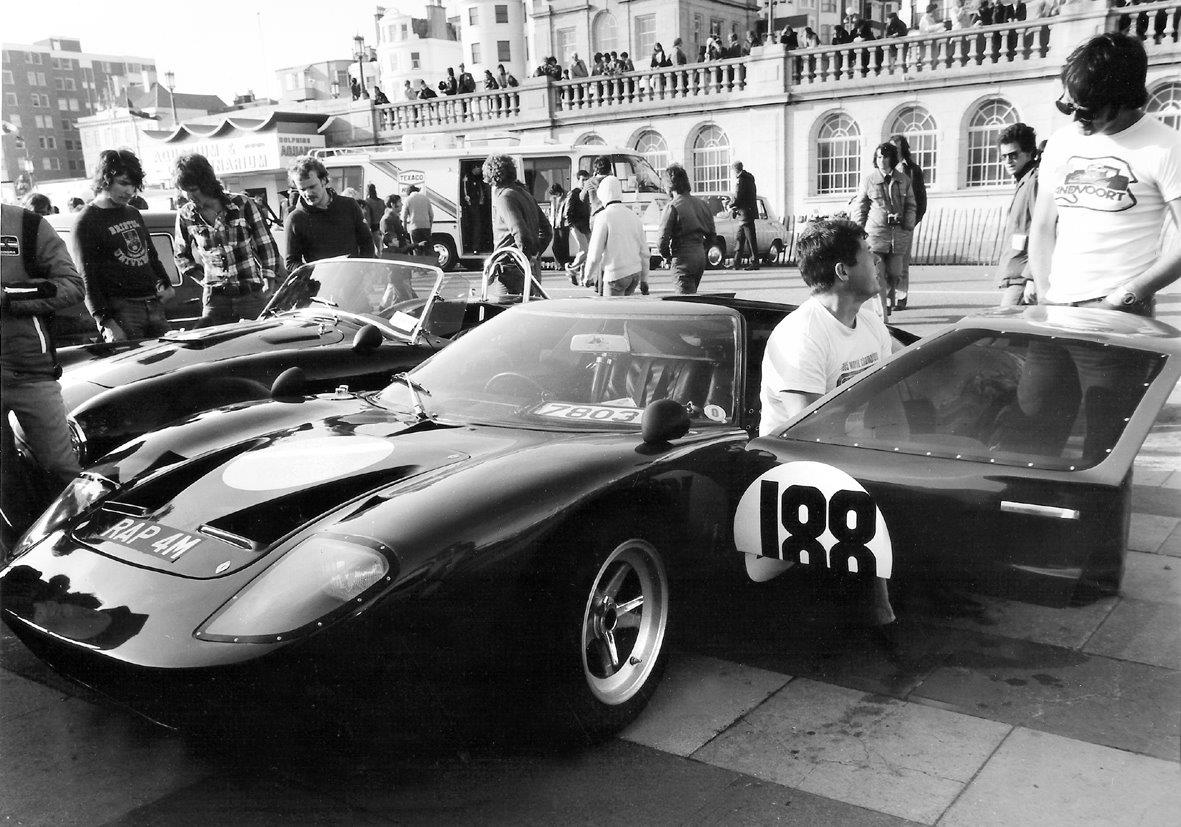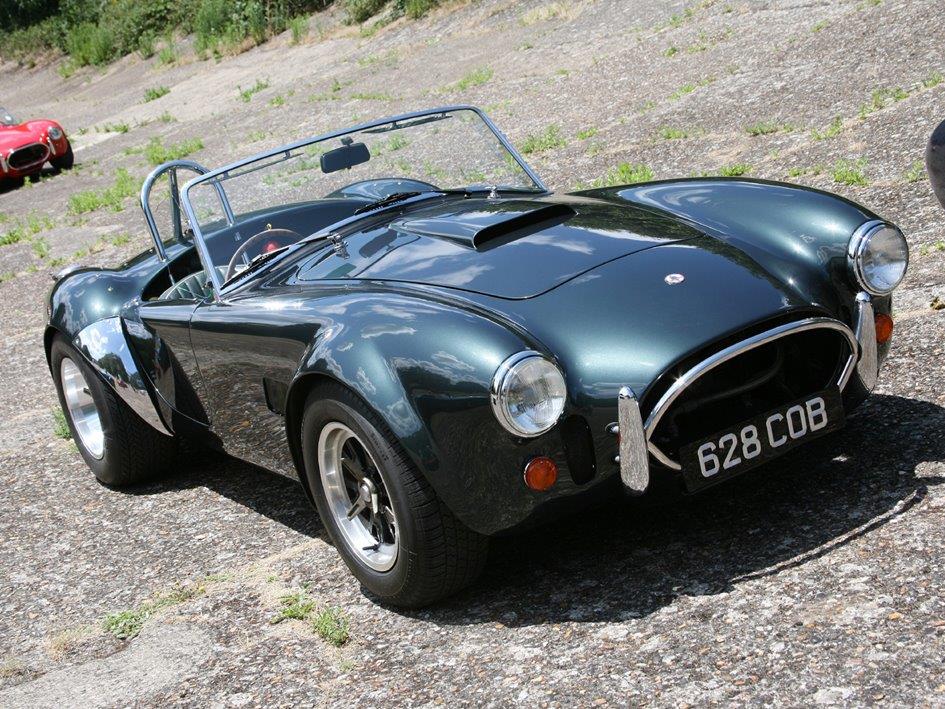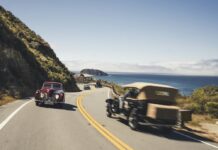It was announced a few days ago that Brian Angliss, a hugely talented engineer who did so much to keep the AC Cobra legend alive, had passed away. The sad news was unexpected as he was such a focussed, determined character that he gave the impression of being indestructable.

As times passes, so do many such entrepreneurs who played a role in the world of automobiles during a time when sports cars were developing at a rapid pace. One such car, the infamous Shelby-AC Cobra, was an important part of this era. It was a relatively simple car that proved to be a route for its originator, Carroll Shelby, to return to motorsport following his short but successful career as a driver. As history recalls, AC Cars transformed its modest Ace sports car into the Cobra in its Thames Ditton factory prior to the engine and gearbox being installed by Shelby American in California. However, within a few seasons the outdated Cobra was not fit for purpose and Ford and Shelby moved on. Just over one thousand had been built but once the contract ended, AC Cars had to develop a replacement. In the past, the company made automobiles for the discerning gentleman in very small numbers and, despite a drop in revenue, the management were not unhappy to see the back of the Cobra contract. Having sold a handful of AC Cobras to British enthusiasts, AC lost interest in making spare parts as it was busy working on its next project. This opened the door to small, independent businesses to step in and one such was ‘Cobra Parts’, a one-man engineering business created by Brian Angliss in the early 1970s, based not far from the AC factory in Chessington, Surrey. He had a small but regular number of clients and before long he was making numerous parts on his lathe and sub-contracting specialist items such as windscreens to outside contractors. His reputation grew and before long he had amassed enough parts that he could, in theory, build a new Cobra from scratch. Following such a conversation with a client, that is what happened and his client took delivery of a ‘new’ 7-litre Cobra in mid-1975.

Brian Angliss established a relationship with the management of AC Cars who gave his work an unofficial seal of approval. As his business grew it was renamed Autokraft and relocated to a business park in Brooklands where other projects were undertaken, most notably a small number of Ferrari Daytonas and Rolls Royces that were relieved of their roofs to became convertibles. As the kit car market grew, the number one replica was the Cobra, and wealthy entusiasts who had problems finding good unmolested examples, began to pester Brian to build one for them but with an aluminium body rather than fibreglass, plus modern comforts. Sensing an opportunity, Brian designed and built a Cobra that could pass modern legislation requirements in Europe and the USA.

The MkIV Cobra’s padded cockpit, telescopic bumpers and emissions-friendly V8 engine found favour with many who missed out first time but not with those who owned an original. However over 400 examples were built and as AC Cars gave up the struggle to build a profitable car, Brian Angliss took control of the famous marque. Ford USA were sufficiently impressed to allow the MkIV to use the Cobra name as well as purchasing a controlling share of AC Cars. With Ford’s financial backing, new premises were acquired in Brooklands and work began on a new model initially called the Ace. A prototype was unveiled but Brian was not impressed with the styling so, unknown to Ford, he approached a design company in the UK to create a more elegant grand touring car in the manner of a Mercedes SL. When Ford discovered the new prototype, their relationship collapsed as Brian had spent a considerable sum of Ford’s money without its knowledge.

A long court case ended with Brian taking back control and Ford walking away. Sales of the new Ace were disappointing, the MkIV sold in low numbers and by 1995 cashflow was a problem. At the time, the banks were busy closing businesses and pocketing large sums for their liquidation work and AC Cars fell foul of this practice. In 1996, AC was put up for sale and Brian left for Jersey, investing his money in other projects. He also sold his huge collection of classic motorcycles, plus a WWII Hawker Hurricane that was parked in the Brooklands factory and restored by the staff as time allowed. After a few years, he moved to New Zealand, purchasing a small island on a lake with guest houses for rent and alpacas in the fields. He even supported a local lifeboat and ended up owning it, only to discover that the market for a used lifeboat was non-existent.

Although Brian Angliss was accused of plagiarism by Carroll Shelby, nobody could deny that his modern variation of the Cobra was an excellent car in its own right, expertly engineered and finished with 14-layer paintwork that was a match for a Rolls-Royce. Initially Brian and Carroll were very good friends and discussed collaborations but, almost inevitably, as Brian’s output grew and issues such as the use of chassis numbers raised their head, the relationship soured, but Brian was never deterred. Despite the trials and tribulations of the car-building world, he proved a very determined, capable businessman and a talented engineer.










